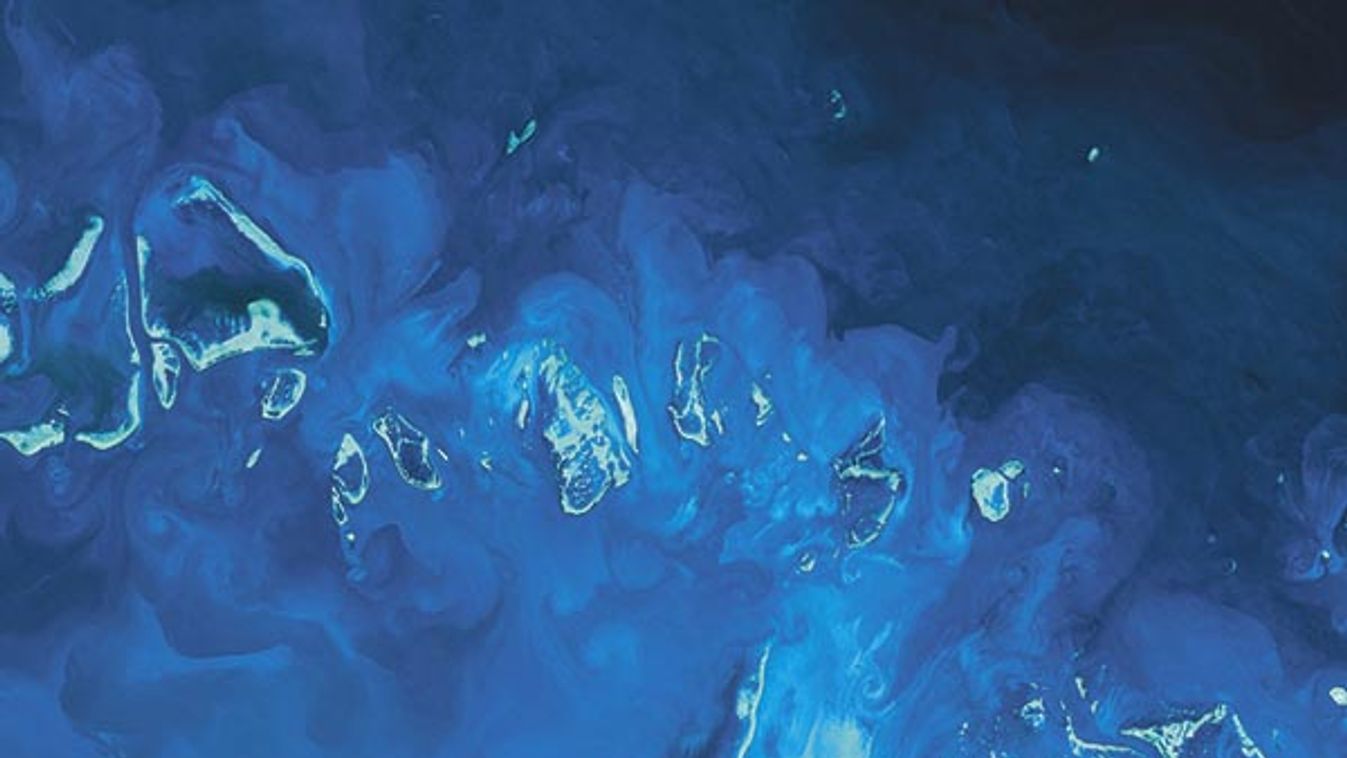Aggasztó fehéredés! A pusztulást jelzi
FEHÉREN FEKETE - Idén újabb pusztító korallfehéredésre számítanak a szakértők az Ausztrália északi partjainál lévő Nagy-korallzátonynál.
Kép: The Copernicus Sentinel-2A satellite takes us over part of the Great Barrier Reef off Australia’s northeast coast on 1 April 2017. Extending more than 2000 km and covering an area of some 350 000 sq km, it is the planet's biggest single structure made by living organisms, called coral polyps. Despite its name, it is not a single reef but contains nearly 3000 different reefs. The reef is home to over 1500 tropical fish species, 400 types of coral, more than 200 species of bird, 5000 species of mollusc, 500 species of seaweed and six species of sea turtle. It is also a breeding area for humpback whales. In recognition of its significance, the reef was made a UNESCO World Heritage Site in 1981 and is the world’s most protected marine area. Coral reefs worldwide are increasingly under threat from coral bleaching. This happens when algae living in the corals’ tissues, which capture the Sun’s energy and are essential to coral survival, are expelled owing to high water temperatures. The whitening coral may die, with subsequent effects on the reef ecosystem, and thus fisheries, regional tourism and coastal protection. The corals of the Great Barrier Reef have now suffered two bleaching events in successive years. Experts are very concerned about the capacity for reef survival under the increased frequency of these global warming-induced events., Image: 334409477, License: Rights-managed, Restrictions: WORLDWIDE RIGHTS AVAILABLE. End users shall not licence, sell, transmit, or otherwise distribute any photographs represented by eyevine, to any third party., Model Release: no, Credit line: Profimedia, Eyevine, Fotó: Profimedia

Tavaly a sekélyvízi korallok 29 százaléka halt el a fehéredés miatt. A leginkább érintett terület a Port Douglas turistavárostól északra lévő régió: itt a sekélyvízi korallok mintegy 70 százaléka már elpusztult.
A korallok nagyon érzékeny organizmusok, amelyeknek meghatározott hőmérsékletre van szükségük. Szimbiózisban élnek bizonyos egysejtű algákkal, ezektől nyerik színüket is.
Ha növekszik a hőmérséklet, a korallok kilökik az algákat, ezzel színüket is elveszítik. Ha ez a helyzet túl sokáig áll fenn, a korallok teljesen elhalnak. A fehéredés oka a kutatók szerint elsősorban a klímaváltozás és az óceánok felmelegedése.

